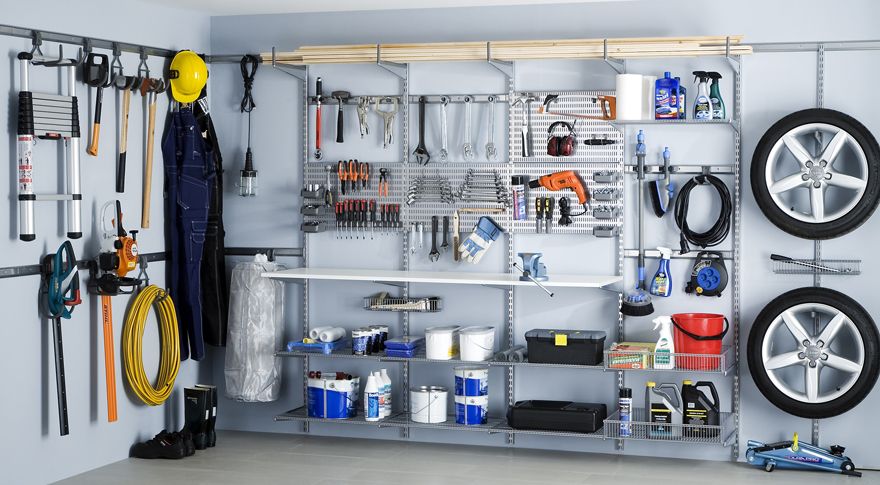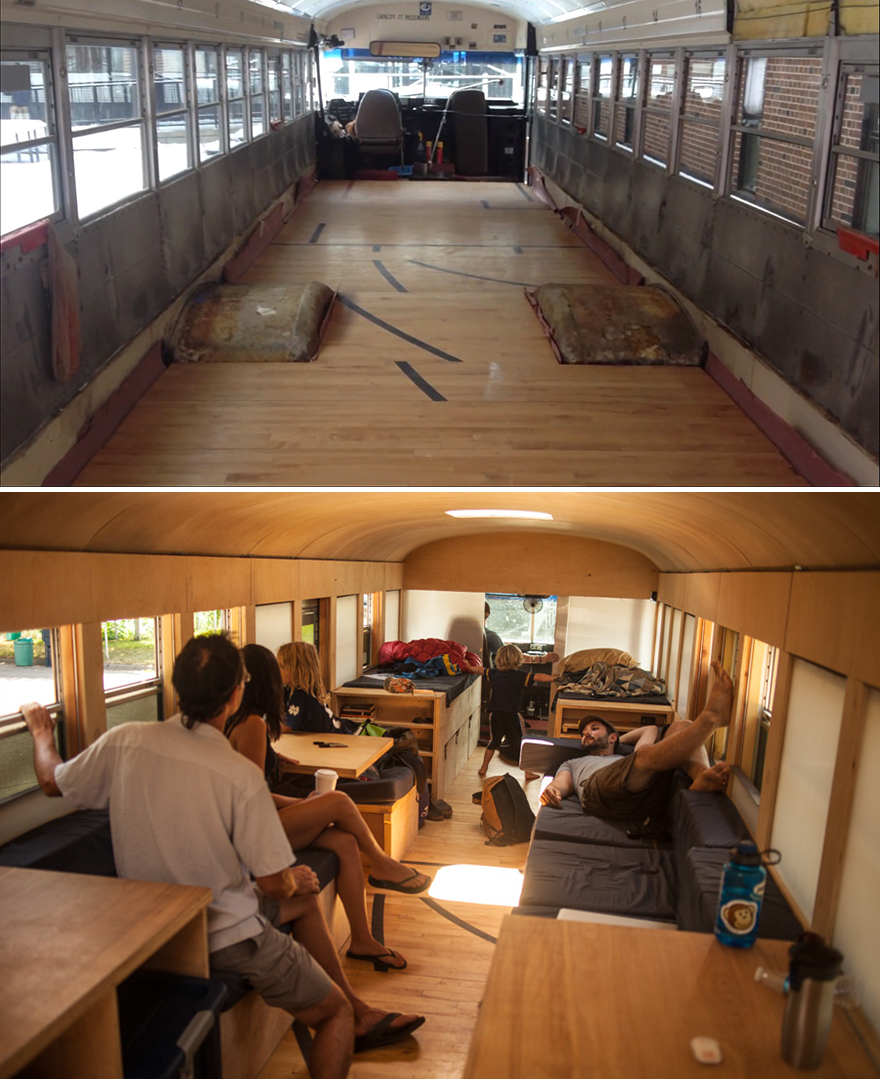![Fireside-inSitu2.jpg]()
Just launched on Kickstarter, Fireside is bicoastal startup that promises to revolutionize digital photography—not in how we create images and video but how we share and enjoy them for posterity.
"1,000 songs in your pocket."
So goes the tagline for the very first iPod, released 13 years ago (nearly to the day), a quaint conceit in hindsight. In fact, history has shown that the mp3 player and iTunes alike are merely incremental steps along the path to more versatile hardware and software: Smartphones are capable of fulfilling our listening needs beyond our wildest imaginations. With the concurrent advent of 3- and 4G networks, mobile devices can extract melodies from the ether, while streaming services offer unprecedented depth and breadth when it comes to choices and recommendations, neatly categorized with tags and filtered through metadata.
A database with millions upon millions of songs is one thing, but what about other media? Video is a younger cousin of audio to the extent that it too has exploded with the twofold emergence of online hosting platforms—viz. YouTube and Vimeo—and widely accessible hardware. GoPro is a case study in itself, but even our phones are powerful enough to capture everything from historic events and major occasions to random moments between those milestones.
But if it's easier than ever to document our lives, the friction occurs at a different point in the user experience. For one thing, having hundreds of thousands of photos and videos means that each one becomes a proverbial drop in the pond, and organizing/editing them can be a chore in itself. Then there's the incongruity between shooting—for which a small but powerful device is ideal—and actually viewing the results. A glass rectangle the size of the palm of your hand may be perfect for taking a call, accessing a music library and snapping a selfie, but it's hardly the best format for appreciating visuals that inundate our screens these days.
![Fireside_HERO.jpg]() More on this below...
More on this below...
Indeed, the latest generation of iPhones marks a slight concession to Apple's competitors. Tim, Jony & co. decided that screen could stand to be bigger after all, and the sales figures validate the hypothesis thus far. With a screen that is nearly 40% bigger than that of its predecessor, the iPhone 6 is certainly easier on the eyes, not to mention the obligatory improvements in camera technology.
But it turns out that the ability to take better photos and store them in one's pocket is only half of the equation. We've all been there: We want to show someone an older photo of that Halloween costume or that trip to Paris or that street art from a few years back, and despite
camera rolls' perfunctory affordance to sort images by location or date, the virtual 'shoebox' of chronological thumbnail images leaves a lot to be desired.
Conversely—and arguably worse still—we often forget about older photos and videos as it gets buried under the figurative weight of new memories. As with ring-bound albums, one-hour-photo envelopes and dusty shoeboxes, we simply neglect to resurface bygone years despite the easy access of digital storage. Sure, there are Flickr and Facebook albums full of memories, but the former rarely occasions revisiting and the latter offers far too many distractions to offer a meaningful viewing experience.
![Fireside-White.jpg]()
Enter the Fireside Smartframe. As with the iPod, it's not the first device to do what it does—as you might have guessed, it's a digital picture frame—but it is intended to be the first to do it well. Co-founder Andy Jagoe introduces it as Pandora or SONOS for photos: the former reference point has far better name recognition and captures the data-as-genome element of the playlists, but the latter is slightly more accurate in that it is a largely source-agnostic hardware (and quasi-IoT) system. He and fellow co-founder Don Lehman acknowledged as much when they demo'd the Smartframe for me last week, in anticipation of the launch of their Kickstarter campaign this morning [disclosure: Lehman has contributed to Core77 in various capacities for over a decade].
(more...)![]()





















 Left: Aluminum; Right: Steel.
Left: Aluminum; Right: Steel.



 Students in the new MFA program will have access to the New School's University Center, which opened last January. Photo by Jacob A. Pritchard
Students in the new MFA program will have access to the New School's University Center, which opened last January. Photo by Jacob A. Pritchard Left: Rama Chorpash. Right: Inside the New School's Sheila C. Johnson Design Center. Interior photo by Bob Handleman
Left: Rama Chorpash. Right: Inside the New School's Sheila C. Johnson Design Center. Interior photo by Bob Handleman
 More on this below...
More on this below...

 Mowat's
Mowat's  Mowat's recent Tablescape series (
Mowat's recent Tablescape series (











